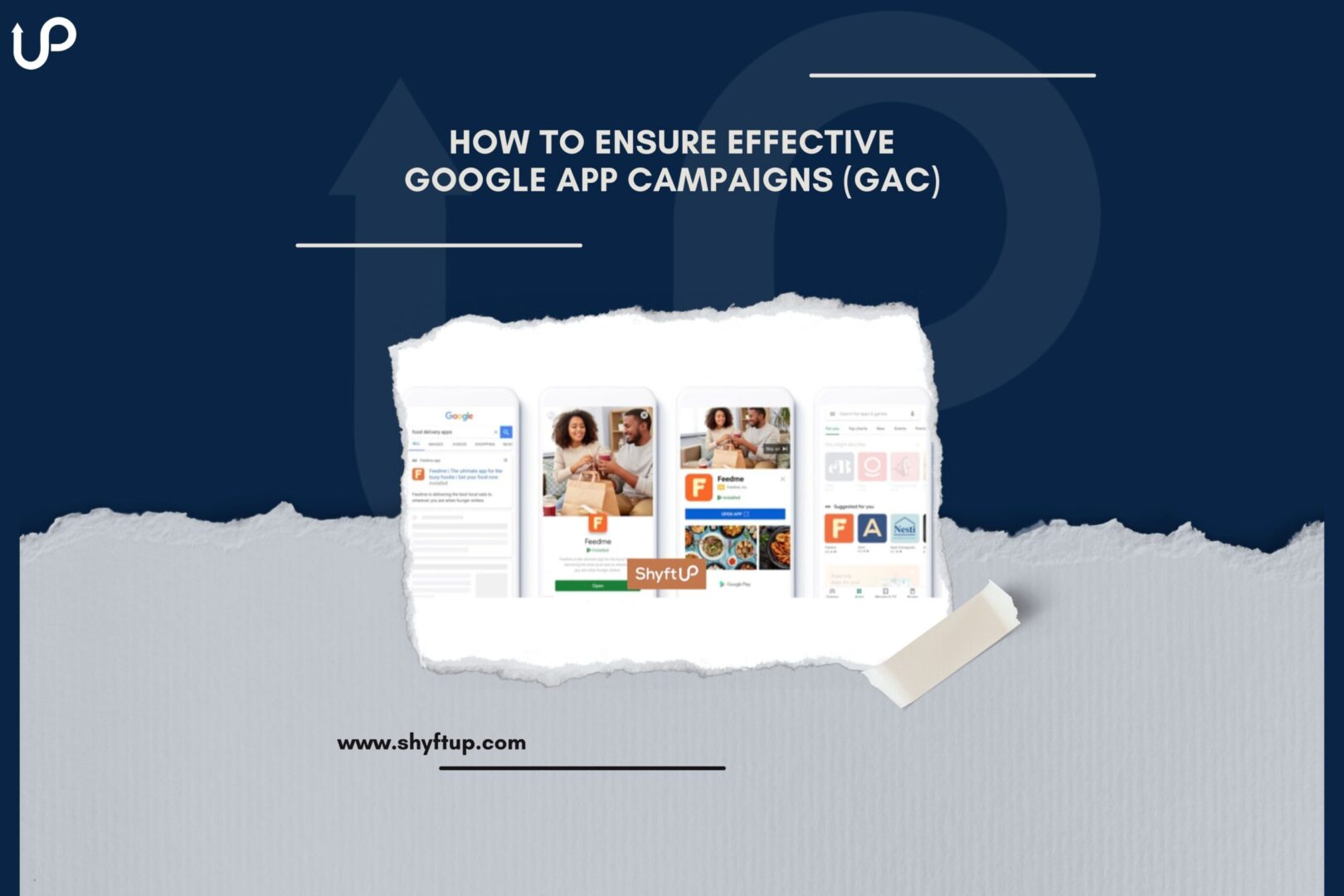
How to Ensure Effective Google App Campaigns (GAC)
If you are an app developer or marketer, you know the importance of people knowing that your app exists. Nowadays, it’s not enough to simply publish your app in the Play Store. You need to work hard to beat the competition and ensure your app gets noticed.
Thankfully, there are different ways for you to promote your app, and chief among them is the Google App Campaign (GAC). Of course, Google app campaigns won’t automatically do wonders for your app. You need to apply best practices and strategies for designing the right GACs.
So, for this post, let’s take a look at how you can create effective Google App Campaigns, from crafting compelling ad copy to targeting the appropriate audience. Read on to learn more!
What are Google App Campaigns?
Google App Campaigns (GAC) is an advertising solution offered by Google that assists app developers and marketers in marketing their mobile apps across Google properties such as the following:
- Google Play
- Search
- YouTube
- Discover on Google Search
- Google Display Network
GAC uses machine learning algorithms to optimize ad placements and targeting and bidding strategies. This allows advertisers to reach the right audience at any given time and drive app installs or in-app actions such as purchases or registrations.
GAC allows advertisers to easily create campaigns that are both highly relevant and tailored, and maximize the return on their advertising budget. GAC was designed for maximum ease of use with simple set-up and management tools that enable app marketers to launch, optimize, and monitor campaigns within minutes of using it.
What are the benefits of using Google App Campaigns?
Thousands of app marketers and developers use Google App Campaigns to promote their products and services. There are good reasons why they do. Here are some benefits or advantages of using GACs:
Wider audience
As mentioned above, Google App Campaigns place your ads across Google’s vast network of properties, such as the Play Store, YouTube, and Google Search. Since Google has the largest platform, they could easily bring your app to the forefront of your target users.
Accurate audience targeting
While Google has access to billions of users, they have the technology to target your specific audience. They use sophisticated machine learning algorithms to optimize ad placements, targeting, and bidding. All these ultimately help you maximize your return on investment (ROI).
Saves you money
It is true that you need to set aside a budget to run GACs, but you will soon realize that it is worth every buck you spend. If done right, you get more money than you spend with GACs.
Moreover, Google allows you, the advertiser, to set a budget for your campaigns and only pay when users engage with your ads. This makes GACs cost-efficient by helping you get the most from every penny you spend.
Straightforward setup
GAC has been designed with simplicity in mind, offering user-friendly setup and management tools that enable advertisers to launch campaigns quickly with just a few clicks.
Ad Format options
GAC offers various ad formats, which include ads made of text, images, and videos. This enables you to craft highly engaging and tailored advertisements that resonate with your target audiences.
Analytics data
To gauge how effective your campaigns are, Google gives you access to comprehensive performance insights and reports. You’ll see data that include app installs, in-app actions and cost-per-install, and other pertinent details. The data you receive help you make data-driven decisions.
How do Google App Campaigns work?
Normally, you need to create your Google Ads campaigns individually, but this is not the case with App campaigns. What happens is that Google will design ads using your text ideas, images, and videos from your app listing. That’s the beauty of App campaigns because you don’t need to spend countless hours creating your ads.
You can get started by providing some text and a budget. From there, you also need to provide the locations and languages you want your ads to be in.
To ensure the effectiveness of your App campaigns, you need to provide the following:
- At least one landscape image
- One portrait video
- One landscape video
- HTML5 assets
No extra work is required from you as Google’s systems will test various asset combinations to serve the ads that perform best.
What are the different types of app campaigns?
To ensure the effectiveness of your app campaigns, Google gives you various options on how to run your ads. Each of these options allows you to achieve different bid strategies, actions, and goals. Here are the three app campaign types that are available on Google app campaigns:
App engagement
In Google Ads, you’ll see this as App Campaign for engagement or ACe. You can choose ACe if you wish to re-engage your customers. You target your ad to existing users and encourage them to take specific actions within the app.
Before starting ACe, your app should already have the following:
- At least 250,000 installs
- Provide image assets, text, and videos
- Include Universal Link for iOS and App Link for Android
For a complete list of requirements, be sure to read Google’s guide on how to create an App campaign for engagement.
App installs
The main focus of App install is to find users who will download and install your app. What’s excellent about App install is that Google automates how much you’ll spend for each user interaction based on your budget.
Aside from that, Google improves the targeting of your desired audience based on the actions you want your user to perform, such as in-app conversions.
App pre-registration (Android only)
App pre-registration is a perfect tool to use before the launching of your app. With app pre-registration, you create a buzz around your upcoming app.
Aside from that, you let people know about your app even before it is available on Google Play, thereby increasing the public’s awareness.
People can then click on your ads, and they will be taken to pre-registration for your game or app in the Play Store.
To start using the app pre-registration campaign, upload your game or app APK to the Play Console. From the time you start running your campaign, you have 90 days to launch your app.
App campaign best practices
Everyone wants to run a successful app campaign, but not everyone knows how to do it. Thankfully, here are some essential tips to remember.
Setting up a campaign
The first thing you need to consider when setting up a campaign is your marketing goals. Remember, there are different types of app campaigns, as mentioned above. Your goal would influence which type you will use.
For example, if you wish to get more installs for your app, then you would choose the app install campaign. If you wish to re-engage users, then you choose an app engagement campaign, and so on.
Choosing your budget
Your budget would determine how long your campaign would last and how many people it would reach. You need to make sure that you have set aside enough budget to sustain your campaign. If you don’t have enough budget, your campaign will stop running.
Set your bids
In relation to your budget, you need to consider how bidding works. Remember that Google Ads determines which ads to choose in real-time based on the bids placed by its clients. If you have the highest bid, then your ads will show on the available ad space.
When determining your bids, consider conversion delay and view-through conversion adjusted CPI. Google recommends that your average daily budget should be 50 times higher than your target CPI or it should be 10 times higher than your target CPA.
Sustaining your campaign
While running your campaign, there are a few things you need to remember:
- Don’t change your campaign type
- Don’t launch App campaigns in the same country or location. Doing so could force your campaigns to go against each other.
- Don’t make significant changes in your campaigns, such as changing your budget or CPI.
Choosing your creative assets
Your creative assets play a huge role in the success of your App campaigns. These are the images or videos that people see first. Thus, your assets should create an unforgettable first impression.
Here are some tips you need to remember when it comes to your campaign assets:
- When it comes to videos, you need to include vertical, landscape, and square orientations. The aspect ratios are 2:3, 16:9, and 2:3. Bear in mind that most people would be watching your videos on mobile. So, portrait videos can have a higher conversion rate compared to landscape videos by as high as 60%.
- Ensure your videos have a clear and decisive call to action.
- Take advantage of asset reporting, which gives you a deeper insight into how your assets are performing. In the report, you’ll see the number of clicks and impressions for your assets. Plus, you’ll see how each of your assets is rated.
- Text assets may appear on users’ screens as an independent ad or they are combined with other assets such as images. Google’s editorial policies include that you don’t use more than one exclamation mark on your text assets.
- Use the Google Ads HTML5 Validator tool to check if your HTML5 assets are compliant with Google’s guidelines.
Google Ads and Google Play Console
If you already have a Google Ads account, be sure to link that to your Google Play console. This helps streamline your campaign from one platform to another.
For example, you don’t need to create a new remarketing tag anymore if you link the two accounts, saving you tremendous time in setting up.
How are Google app campaign ads displayed?
As mentioned above, your ads would automatically appear on the extensive network of platforms Google owns. So how do they appear on each platform? Here are some examples, which are taken from the Google Ads Help page:
Google Play
Google Search Network
Google Display Network
YouTube
How to set up Google Universal App Campaign
Here are the steps you should take:
- Go to your Google Ads account.
- Find the blue “+” button and click on it.
- Choose “New Campaign.”
- Choose “Universal App” found on the far right side.
- Choose which device type, either iOS or Android.
- Name your campaign.
- Add text ideas, images, videos, and HTML5 as needed.
- Set the location and language of your target audience.
- Set the budget, campaign goal, and bid amount.
For a detailed walkthrough, check out this Universal App campaign video tutorial created by Google.
Have a more effective Google app campaign
No doubt, a Google app campaign holds great potential in how you can reach more users, re-engage them, and convince them to take a specific action.
While GACs are highly effective, running app campaigns can be time-consuming and difficult if you have limited knowledge. Thankfully, you can partner with ShyftUp.
ShyftUp has the tools and expertise to help you run data-driven and reliable Google app campaigns. They also provide user acquisition services for app developers and marketers.
If you want to discover how you can use GACs and get instant results, give ShyftUp a try today!
What are the essential components of a successful GAC?
Google app campaigns should include essential components to be successful. These include specific objectives, app store optimization (ASO), ad creatives, clear target audience, budget, and bidding strategy, to name a few.
How can you optimize your app creatives for GAC?
To optimize your app campaigns, you need to keep it simple, highlight your unique selling proposition (USP), use high-quality images and videos, localize your ads, A/B test your assets and follow the guidelines set by Google.
What are the best practices for monitoring and measuring GAC performance?
To effectively monitor and measure your GAC performance, you need to define your KPIs (Key Performance Indicators), use conversion tracking, analyze your audience, monitor ad placements, check your competition, and regularly test and optimize your ad creatives.
What are Google App Campaigns?
What are the benefits of using Google App Campaigns?
How do Google App Campaigns work?
What are the different types of app campaigns?
App pre-registration (Android only)
Google Ads and Google Play Console
How are Google app campaign ads displayed?
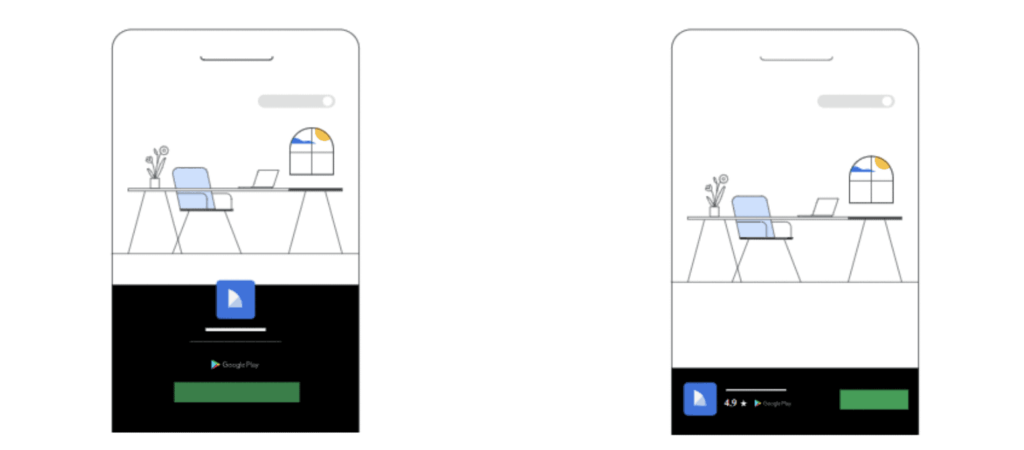
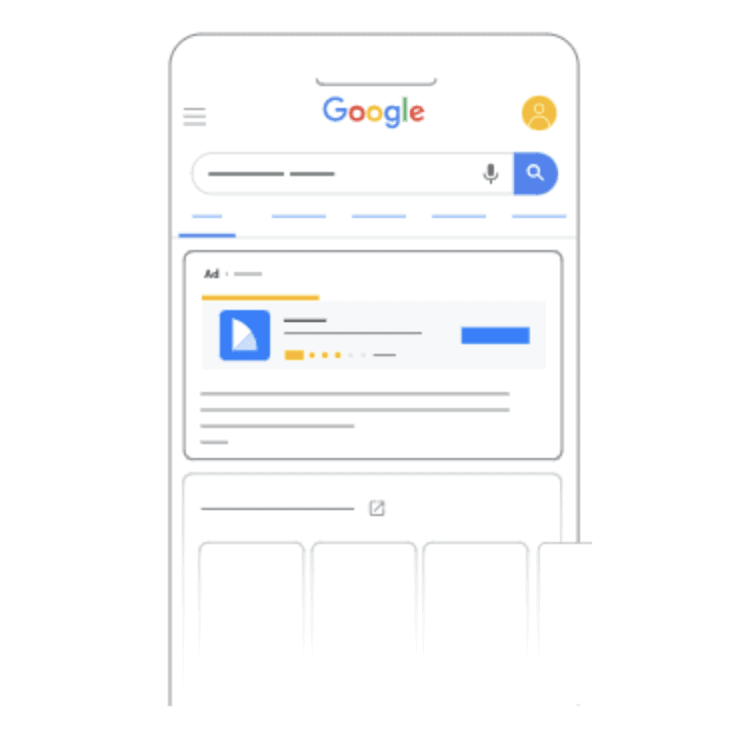
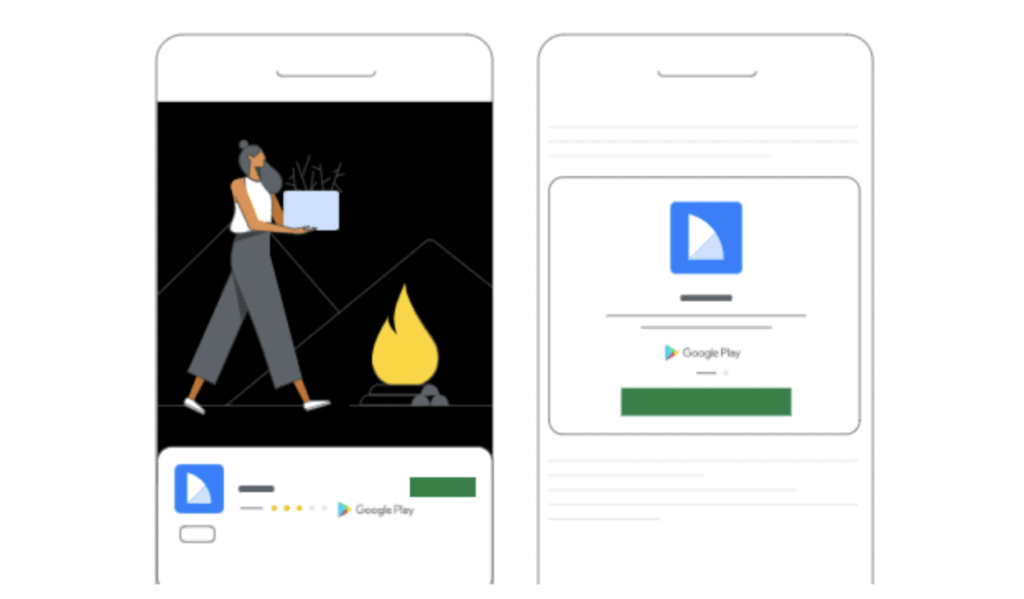
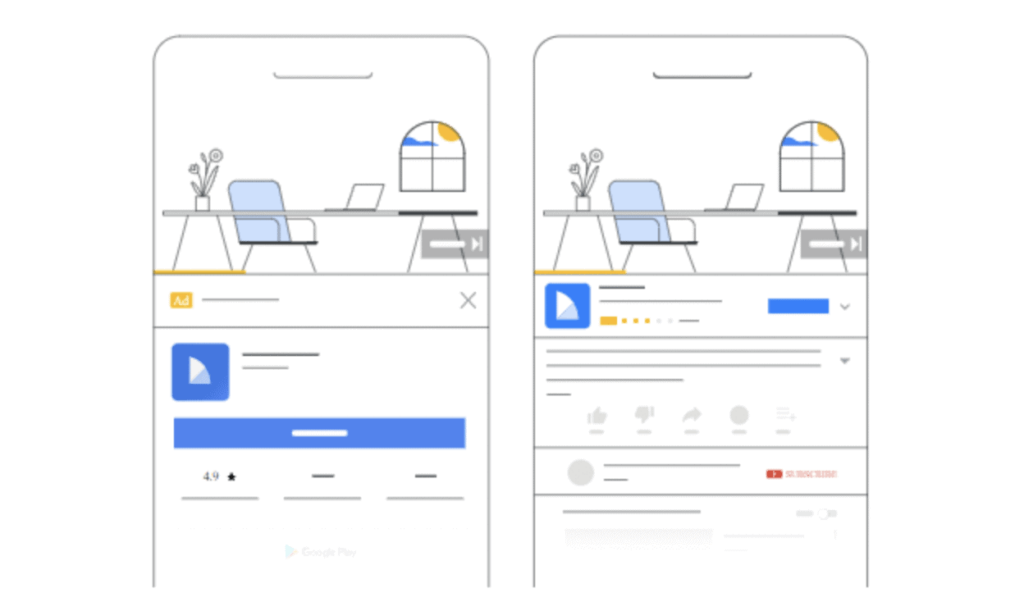
2 comments on “How to Ensure Effective Google App Campaigns (GAC)”
You need to participate in a contest for among the finest blogs on the web. I’ll suggest this site!
I do agree with all of the concepts you’ve presented on your post.
They’re very convincing and will definitely work.
Nonetheless, the posts are very brief for starters.
Could you please lengthen them a little from next time? Thank you for the post.